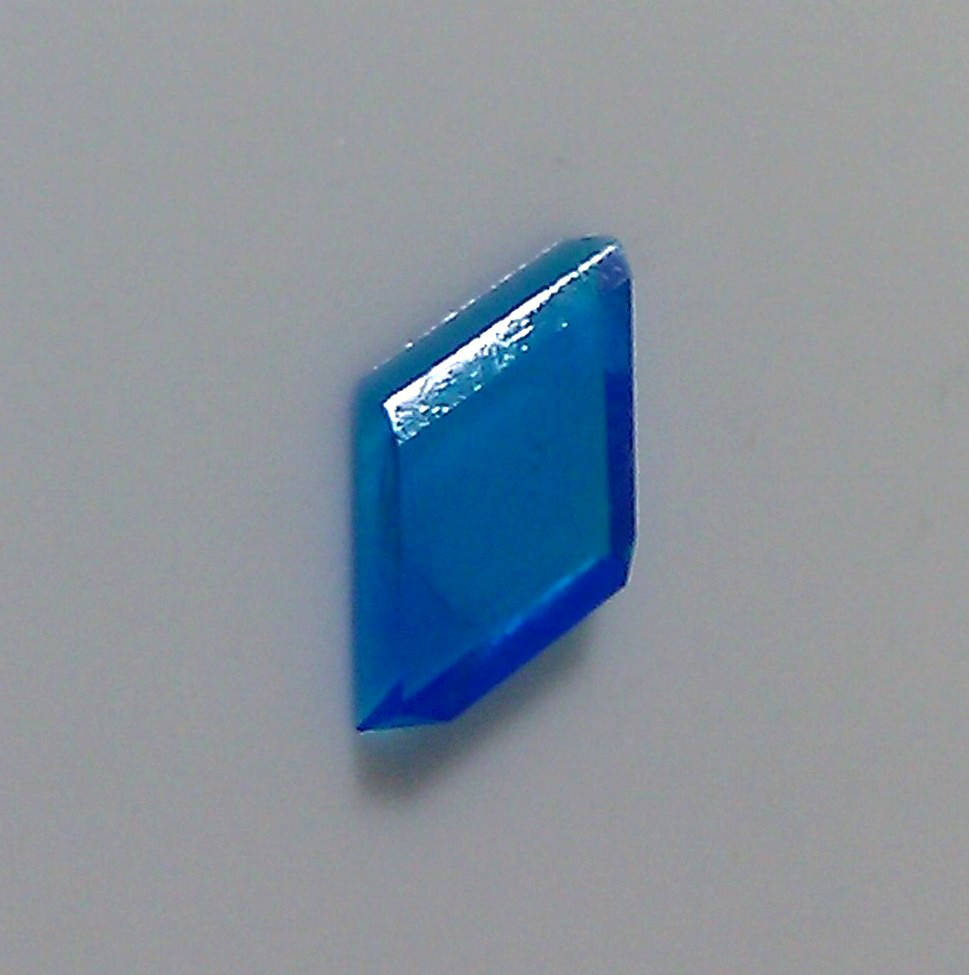What IS a Crystal?
Crystals are all around us in everyday life and grow both in nature and through industrial processing. They can be objects of desire such as diamond or common place items such as salt and sugar. They are often beautiful to look at, with very regular shapes and can be very small, visible only through a microscope, or very large such as in the giant crystal cave (Cueva de los Cristales) in Mexico. Some crystals can be clear and transparent, others are vividly coloured. The regular shapes of crystals reflects the special properties of the atoms and molecules which comprise them. Within a crystal, these atoms and molecules are arranged in very regular repeating patterns on a grid and this enables us to use the technique of crystallography to explore the three dimensional arrangement of the atoms within them.


)
Crystals are special as they have very regular patterns of atoms and molecules. Without this pattern, the technique of crystallography wouldn't work! The crystals form because of bonds or attractions between atoms, ions or molecules. These particles will align in a particular way to maximise the number of attractions.
For example, in salt, which is sodium chloride, the crystals contain only sodium and chloride ions. In the picture below you can see that each sodium ion is surrounded by chloride ions only, and each chloride is surrounded by six sodium ions, maximising the attractions.
 Crystals of salt (left) and the arrangement of the sodium and chloride ions within these crystals (right)
Crystals of salt (left) and the arrangement of the sodium and chloride ions within these crystals (right)
A crystal can be described by its smallest repeating portion of atoms, which would allow the whole crystal to form if this was tessellated; this smallest repeat is known as the unit cell. For example, in a brick wall, the unit cell would be a brick, and the whole brick wall would be the crystal.
Inherently because the atoms or molecules within a crystal pack periodically, this gives rise to symmetry of these molecules within the system, producing seven different types of crystal system, varying in their lengths and angles. These seven crystal systems can then be split further into 14 Bravais lattices, which describe the different ways in which the lattice points can be distributed within a crystal system.
 The 14 Bravais Lattices
The 14 Bravais Lattices
To find out more about the fundamentals of crystals and symmetry please follow this link.
You can even have a go at growing your own crystals by following the instructions in this video.
[youtube_sc url="http://www.youtube.com/watch?v=cNyQ_pMGxWs"]